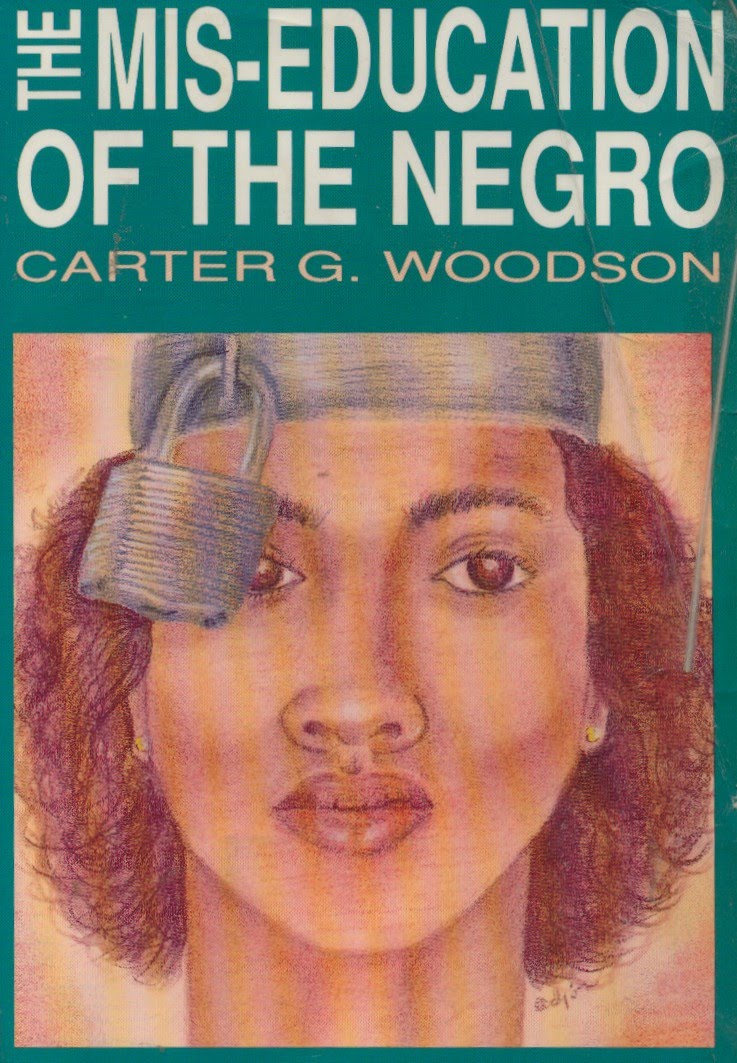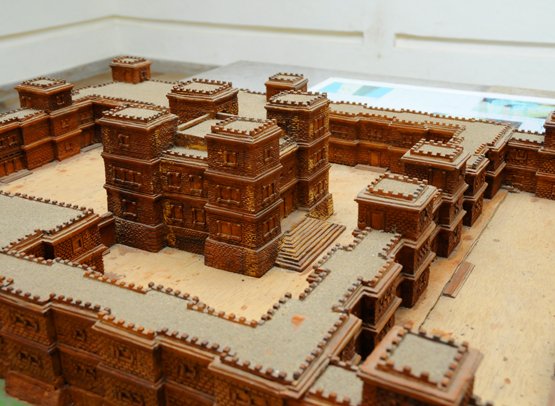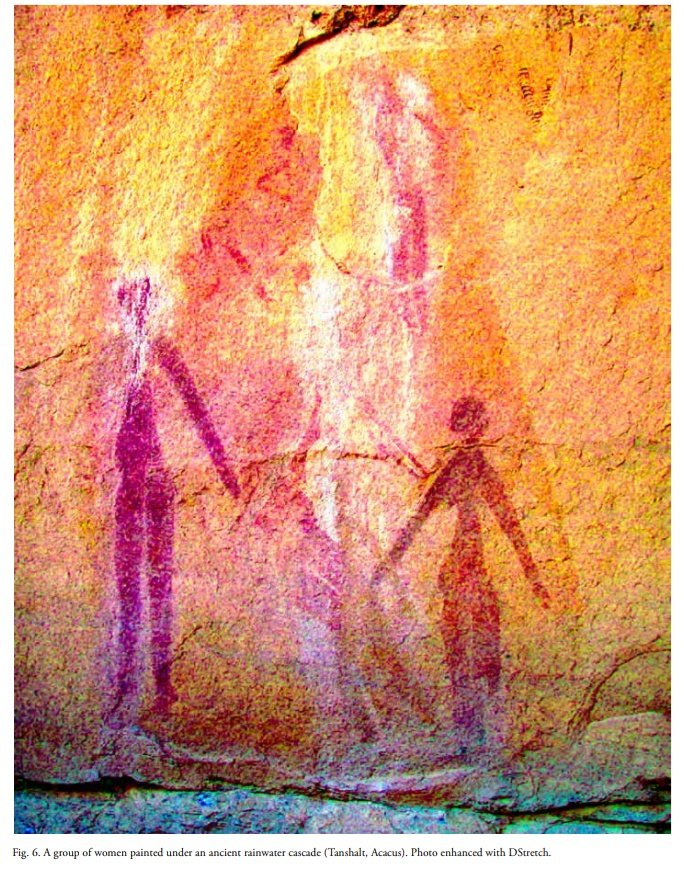The title of Lauryn's Hill 1998 debut solo album "The miseducation of Lauryn hill" was inspired by Carter G Woodsons 1933 book "The miseducation of the Negro".
#BlackHistoryMonth #Day1

#BlackHistoryMonth #Day1


"you teach the Negro that he has accomplished as much good as any other race he will aspire to equality and justice without regard to race. Such an effort would upset the program of the oppressor in Africa and America" - Dr. Carter G Woodson 

"The education of any people should begin with the people themselves, but Negroes thus trained have been dreaming about the ancients of Europe and about those who have tried to imitate them."- Dr. Carter G. Woodson, The Mis-Education of the Negro 



"Negroes were in Egypt throughout its history and figured in its development" - Dr. Carter G Woodson 



"Egypt first felt the force of foreign contacts from the East. The country was originally settled by Negroid people as excavations clearly show. These people developed from clusters of villages in the Nile valley until the nation attained a position of stability under King Menes" 





"we should give equally
as much attention to the internal African kingdoms, the
Songhay empire, and Ethiopia, which through Egypt
decidedly influenced the civilization of the
Mediterranean world" - Dr. Carter G Woodson


as much attention to the internal African kingdoms, the
Songhay empire, and Ethiopia, which through Egypt
decidedly influenced the civilization of the
Mediterranean world" - Dr. Carter G Woodson



"Students were not
told that ancient Africans of the interior knew sufficient science to concoct poisons for arrowheads, to
mix durable colors for paintings, to extract metals from
nature and refine them for development in the industrial
arts." - Dr. Carter G Woodson
told that ancient Africans of the interior knew sufficient science to concoct poisons for arrowheads, to
mix durable colors for paintings, to extract metals from
nature and refine them for development in the industrial
arts." - Dr. Carter G Woodson

"The Negro can be proud of his past only by
approaching it scientifically himself and giving his own story to the world." - Dr. Carter G Woodson
#BlackHistoryMonth #Day1

approaching it scientifically himself and giving his own story to the world." - Dr. Carter G Woodson
#BlackHistoryMonth #Day1


• • •
Missing some Tweet in this thread? You can try to
force a refresh






















